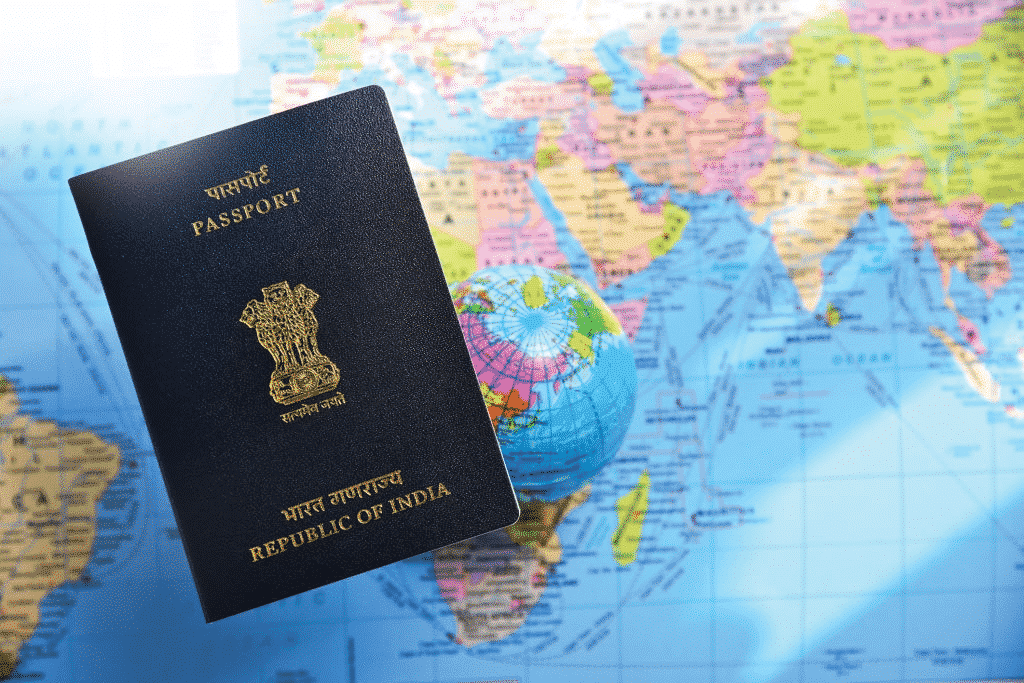The Graduate Management Admission Test is a computer adaptive test (CAT) intended to assess certain analytical, writing, quantitative, verbal, and reading skills in written English for use in admission to a graduate management program, such as an MBA program. GMAT assesses analytical writing and problem-solving abilities, while also addressing data sufficiency, logic, and critical reasoning skills that it believes to be vital to real-world business and management success. It can be taken up to five times a year but no more than 8 times total. Attempts must be at least 16 days apart
More than 7,000 programs at approximately 2,300+ graduate business schools around the world accept the GMAT as part of the selection criteria for their programs. Business schools use the test as a criterion for admission into a wide range of graduate management programs, including MBA, Master of Accountancy, Master of Finance programs and others. The GMAT is administered in standardized test centers in 114 countries around the world
The GMAT exam consists of four sections:
The total testing time is three hours and seven minutes. Test takers have 30 minutes for the analytical writing assessment and another 30 minutes to work through 12 questions, which often have multiple parts, on the integrated reasoning section and are given 62 minutes to work through 31 questions in the quantitative section and another 65 minutes to get through 36 questions in the verbal section.
The total testing time is three hours and seven minutes. Test takers have 30 minutes for the analytical writing assessment and another 30 minutes to work through 12 questions, which often have multiple parts, on the integrated reasoning section and are given 62 minutes to work through 31 questions in the quantitative section and another 65 minutes to get through 36 questions in the verbal section.
Analytical Writing Assessment (AWA)
The AWA consists of a 30-minute writing task—analysis of an argument. It is important to be able to analyze the reasoning behind a given argument and write a critique of that argument. The essay will be given two independent ratings and these ratings are averaged together to determine the test taker’s AWA score. One rating is given by a computerized reading evaluation and another is given by a person at GMAC who will read and score the essay themselves without knowing what the computerized score was. The automated essay-scoring engine is an electronic system that evaluates more than 50 structural and linguistic features, including the organization of ideas, syntactic variety, and topical analysis. If the two ratings differ by more than one point, another evaluation by an expert reader is required to resolve the discrepancy and determine the final score
The analytical writing assessment is graded on a scale of 0 (minimum) to 6 (maximum) in half-point intervals. A score of 0 indicates that the response was either nonsensical, off-topic, or completely blank.
Integrated Reasoning section
The integrated reasoning section includes four question types: table analysis, graphics interpretation, multi-source reasoning, and two-part analysis. In the table analysis section, test takers are presented with a sortable table of information, similar to a spreadsheet, which has to be analyzed. Each question will have several statements with opposite-answer options (e.g., true/false, yes/no), and test-takers click on the correct option. Graphics interpretation questions ask test-takers to interpret a graph or graphical image. Each question has fill-in-the-blank statements with pull-down menus; test takers must choose the options that make the statements accurate. Multi-source reasoning questions are accompanied by two to three sources of information presented on tabbed pages. Test takers click on the tabs and examine all the relevant information, which may be a combination of text, charts, and tables to answer either traditional multiple-choice or opposite-answer (e.g., yes/no, true/false) questions. Two-part analysis questions involve two components for a solution. Possible answers are given in a table format with a column for each component and rows with possible options. Test takers have to choose one response per column.
Quantitative section
The quantitative section of the GMAT seeks to measure the ability to reason quantitatively, solve quantitative problems, interpret graphic data, and analyze and use the information given in a problem. Questions require knowledge of certain algebra, geometry, and arithmetic. There are two types of quantitative questions: problem-solving and data sufficiency. The use of calculators is not allowed on the quantitative section of the GMAT. Test takers must do their math work out by hand using a wet erase pen and laminated graph paper which are given to them at the testing center. Scores range from 0 to 60
Verbal section
The verbal section of the GMAT exam includes the following question types: reading comprehension, critical reasoning, and sentence correction. Each question type gives five answer options from which to select. Verbal scores range from 0 to 60; however, scores below 9 or above 44 are rare.
According to GMAC, the reading comprehension question type tests the ability to analyze information and draw a conclusion. Reading comprehension passages can be anywhere from one to several paragraphs long.
According to GMAC, the sentence correction question type tests grammar and effective communication skills. From the available answer options, the test taker should select the most effective construction that best expresses the intent of the sentence
The total GMAT score ranges from 200 to 800 and measures performance on the quantitative and verbal sections together (performance on the AWA and IR sections do not count toward the total score, those sections are scored separately). Scores are given in increments of 10.
The application fee for the GMAT exam is $250, which would translate to INR 17,000 approximately. Also, if the applicants want to change the center or reschedule the test then they will be charged $50 extra.
If you cancel the exam more than 7 days before the test date then you will be refunded US$80. Also, if you cancel within the 7 days of the test date then you will not get any refund. Moreover, the test appointment cannot be canceled within 24 hours of the scheduled test and time.
If you reschedule the exam more than 7 days before the test date you have to pay a US$60.00 fee. Also, if you reschedule the exam within the 7 days of the test date you have to pay US$250.00 fee. Moreover, the exam cannot be rescheduled within 24 hours of the scheduled test date and time.
Building No 9, 1st Floor, Solitaire Corporate Park, 167 Andheri, J B Nagar Link Rd, Chakala, Andheri (East), Mumbai, Maharashtra–400093, India
209, 2nd Floor, Marine Chambers, Vithaldas Thackersey Marg, New Marine Lines, Mumbai, Maharashtra–400020, India

TOEFL stands for Test of English as a Foreign Language. It is conducted to evaluate the ability to use and understand the English language

The International English Language Testing System is designed to test your proficiency in the English language

Statement of Purpose (SOP) is an essay describing your application and suitability for the course applied.

Which are the top-ranked universities in the world? Our guide to understanding and importance of ranking system

Here is a guide listing down steps with documentation guidance to make your abroad education journey easier.

Confused with selecting the right country? We help you out by giving you selection parameter and comparisons across countries

I loved the in-depth analysis and varied career options provided by Amod. He assists at every step, starting from shortlisting career options to sending out applications to the best universities. I would recommend his consultancy to any student looking for overseas education.

Amod from ProAmica Career Development was really helpful, polite and patient while helping me find the right course and University.

I had a great counseling session with one of the team members. Absolutely loved the dedication and in-depth analysis, with a detailed explanation of the procedure. I would recommend to every student looking for studying oversees. 👍

